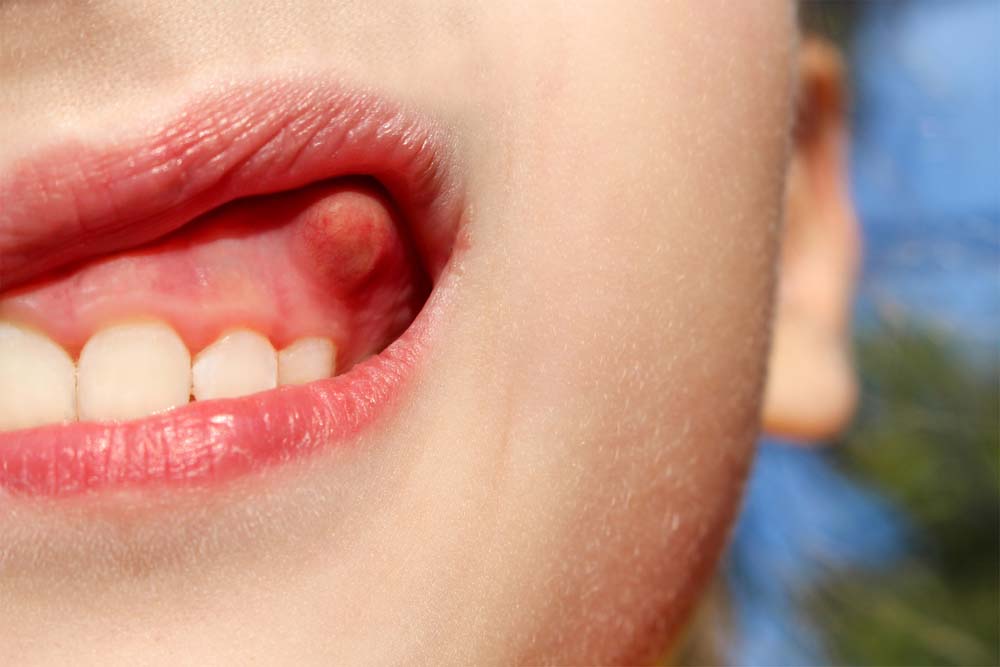Medicine and dentistry are two separate fields of knowledge with an extensive understanding of diseases and many different specialties. It is equally important to care for your body and do the same thing for your mouth, but for many reasons, having problems in your mouth doesn’t feel the same as enduring the same problem somewhere else. We tend to be more sensitive when we have mouth sores compared to equally small lesions in other parts of the skin.
However, mouth sores are small problems compared to other ailments attended by a dentist or orthodontist. In this article, we are going to talk briefly about tooth abscesses. Why they appear in your mouth, what they are about, and what would you feel if you had one.
Read Also:
- Tooth Abscess: Symptoms, Causes, and Signs
- Gum Disease: 14 Warning Signs Of Gum Disease You Should Not Ignore!
- What Causes Tooth Decay? – 10 Surprising Causes
What causes a tooth abscess?
A tooth abscess is a collection of pus and secretions enclosed by a membrane. Thus, there is one previous requisite to have a tooth abscess, and that is an infection in your mouth. However, it is usually a long-lasting infection you left unattended for some time, commonly associated with tooth decay.
Whatever the source of infection, your body starts enclosing the problem area and sending neutrophils and other white blood cells to attack. The remnants fill the abscess, and it starts hurting and giving out a series of signs and symptoms we will cover below:
Tooth abscess signs and symptoms
Gum swelling

In cases of tooth abscess, you may start having changes in your gums. Abscess formation is associated with swelling in the adjacent tissue. Typical changes include an increase in volume and redness in the area. Thus, your gums may start displaying changes and start deforming the lines in your face in severe cases or give out mild signs of inflammation in the starting phase of the infection.
In some cases, gum swelling is not because a tooth abscess but a gum abscess instead. Depending on the location, it can be a periapical abscess when it is affecting the end of the tooth or a periodontal abscess when the abscess is located in the gums and not inside the teeth.
